COPYRIGHT
nuts and bolts
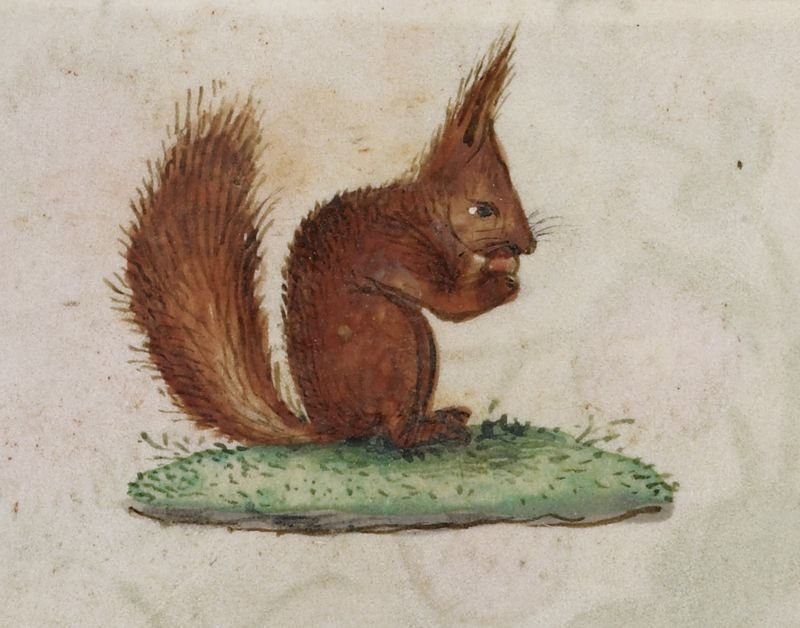
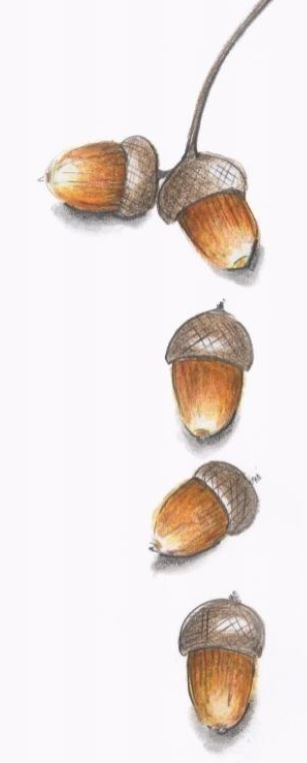
compiled by Joanne Paterson
October 2019
Purpose of copyright
- provide an incentive to creators by allowing them to profit from their creations
- to ensure attribution for authors and preserve the integrity of creative works
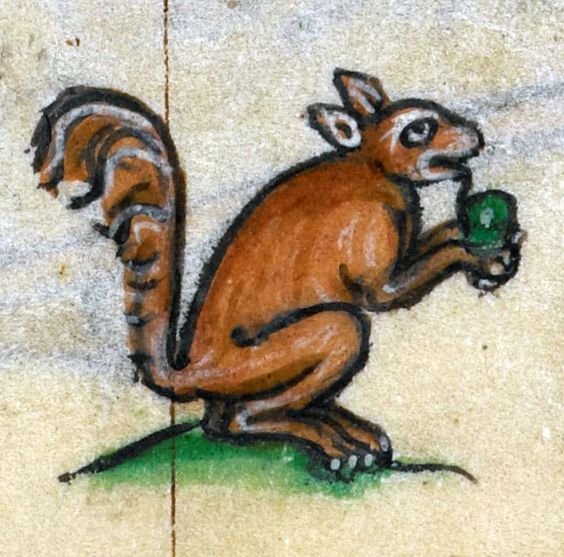
Moral rights
- integrity
- attribution
- acknowledgement
Economic rights
- produce/reproduce
- perform
- publish
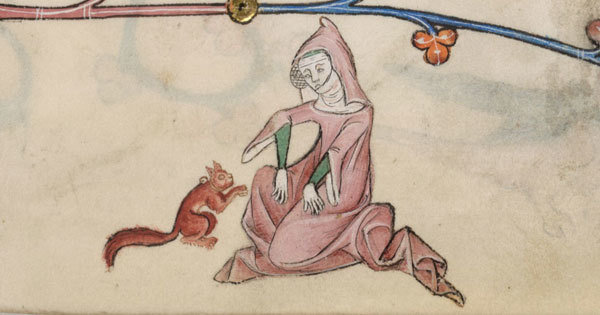
Exclusive rights*
- to make authorized translations of their works
- to make copies of their works
- to publicly perform and communicate their works to the public, including via broadcast
- to make adaptations and arrangements of their works
*These rights can be signed away or transferred by the copyright holder
What is Copyrightable
Unique, original works in a tangible form, such as
- Literary works ( e.g., speeches, essays and books, and translations)
- Artworks (e.g., Architecture, sculptures, paintings, photographs, and engravings
- Musical works (e.g., musical compositions with or without words, adaptations and arrangements of music)
- Sound recordings and software
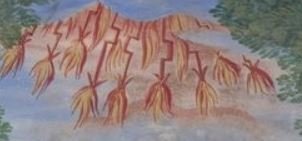
What is not copyrightable
information alone without a minimum of original creativity cannot be protected by copyright
- facts
- theories
- data
- ideas
- population data
-
telephone lists (1)

(1)
Feist Publications, Inc., v. Rural Telephone Service Co., 499 U.S. 340 (1991), was a decision by the Supreme Court of the United States establishing that information alone without a minimum of original creativity cannot be protected by copyright.[1] Wikipedia contributors, "Feist Publications, Inc., v. Rural Telephone Service Co.," Wikipedia, The Free Encyclopedia, https://en.wikipedia.org/w/index.php?title=Feist_Publications,_Inc.,_v._Rural_Telephone_Service_Co.&oldid=911323711 (accessed October 10, 2019).
How to obtain Copyright
Copyright is automatic the moment a work is fixed in a tangible form.
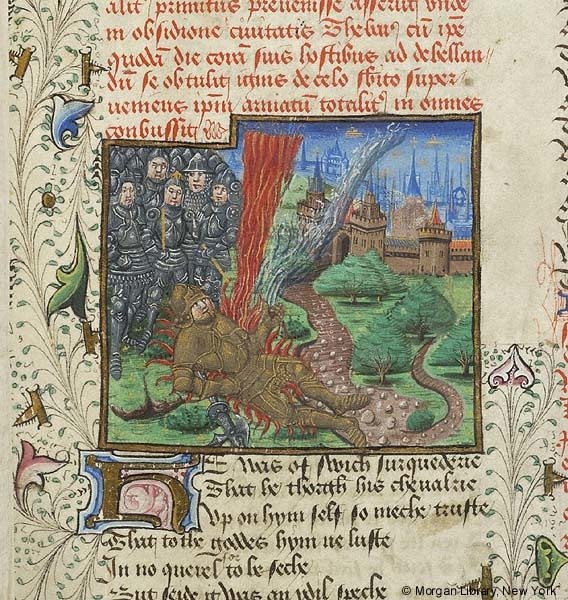
Why register copyright?
"Generally, your original work is automatically protected by copyright when you create it. However, when you register your copyright, you get a certificate of registration that you can use in court as evidence that you own the protected work." --


Other forms of
Intellectual Property
TRADEMARK
- brand names
- words
- logos
- symbols
- sounds
These distinguish one service or goods from others in the marketplace

Other forms of
Intellectual Property
While individual words or small phrases cannot be copyrighted, (copyright needs something substantive) words that represent brands and are brand names, like Ontario Hydro, Zellers, and Beavertails**
can be trademarked
**registered trademarks with CIPO

Patents
Patents apply to newly developed technology as well as to improvements on products or processes. Patents provide a time-limited, legally protected, exclusive right to make, use and sell an invention.
Register Patents via CIPO
for example, CA 2196225
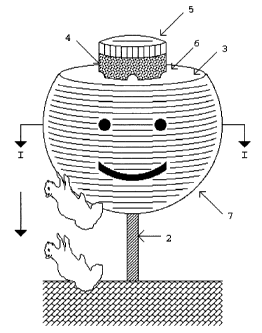
SQUIRREL-PROOF BIRD FEEDER DEVICE /
MANGEOIRE D'OISEAUX EQUIPEE D'UN GARDE-ECUREUILS
Plant breeders can register new varieties with CFIA
- Chinook Apple: Malus pumila
Certificate no. 0386
- Blue Steele potatoes:
Solanum tuberosum
Certificate no. 4584
- Bill Reid Rose: Rosa
Certificate no. 4472
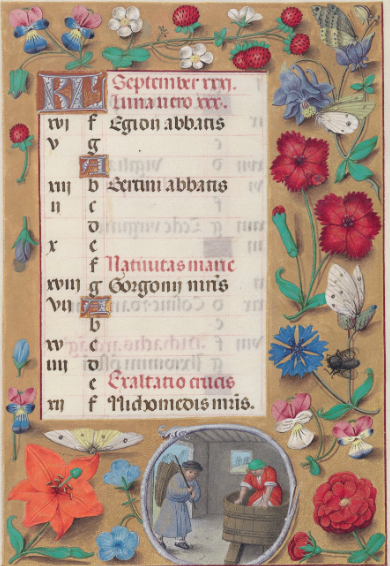
Plant Breeder's Rights
Industrial design
An industrial design is about how something looks. It protects a product's unique appearance, not what it is made of, how it is made or how it works.
Industrial designs can be found in many everyday products, such as the unique contour of a car hood, the graphical user interface on a phone or the specific shape or pattern of your favourite shoes.
In Canada, you can secure these rights by registering your industrial design with CIPO

Industrial design

What is not protected by an industrial design
The following are not protected as industrial designs in Canada:
- An idea
- A method of construction
- The materials used in the construction of an article
- The function of an article
works are free from Copyright
Works enter the public when:
- the copyright expires
- the work was never entitled to copyright protection
- The creator dedicates the work to the public domain
- The copyright holder failed to comply with formalities to acquire or maintain their copyright
Public Domain
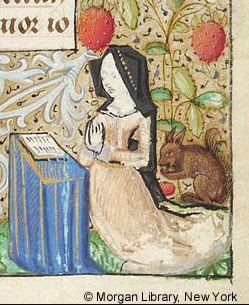
You can use the CC0 1.0 and dedicate the work to the public domain instantly and in doing so you waive all rights to the work worldwide under copyright law
Public Domain

In Canada, typically published works enter the public domain 50 years after the death of the author. At that point, permissions are no longer required for reproduction or distribution.
However different formats ( government documents, sound recordings, photographs) all have different regulations.
See the University of Alberta's Public Domain Flowchart for guidance
Fair Dealing
Fair Dealing is an important statutory exception provided by the Canadian Copyright Act, that is not explicitly defined in the Act.
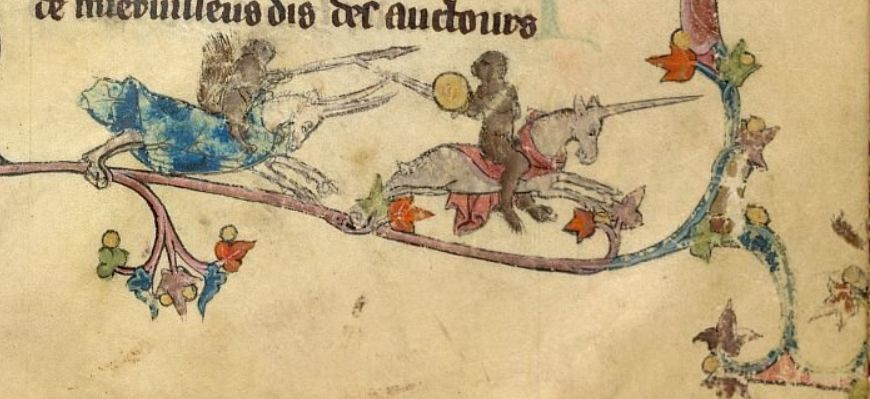
Fair Dealing

- eight specific purposes to which the exception can be applied
- three of them specifically require attribution
- copying for these named purposes is not infringement, no indication about what constitutes “fair”
- research
- private study
- education
- parody
- satire
- criticism
- review
- news reporting
Fair Dealing

What determines
"fairness"?
- goal (or purpose) of the dealing
- character of the dealing
- amount of the dealing
- nature of the work
- available alternatives to the dealing
- effect of the dealing on the work
Sources
Squirrel--‘The Maastricht Hours’, Liège 14th century from The British Library, Stowe 17, fol. 47v
http://www.bl.uk/manuscripts/Viewer.aspx?ref=stowe_ms_17_fs001r
Rebecca Clark. Book of hours.
https://www.rebeccaclarkart.com/bookofhoursillustrations
Squirrel eating nut -- The 'Hours of Joanna I of Castile' or the 'Hours of Joanna the Mad,
1486-1506 from the British Library Add MS 18852, fol. 88v
http://www.bl.uk/manuscripts/Viewer.aspx?ref=add_ms_18852_fs001r
The Luttrell Psalter' 1325-1340, Calendar from The British Library Add MS 42130 Contents: ff33r
http://www.bl.uk/manuscripts/Viewer.aspx?ref=add_ms_42130_fs001ar
« Les plaisirs de l'isle enchantée, ordonnéz par Louis XIV, roy de France et de Navarre,
à Versailles, le 6 may 1664, » par DE BIZINCOURT. Bibliothèque nationale de France,
Département des manuscrits, Français 7834, fol. 70r. https://gallica.bnf.fr/ark:/12148/btv1b10527887j/f145.image
Pet squirrel --Pierpont Morgan Library. MS M.131, fol. 45r. http://corsair.morganlibrary.org/icaimages/1/m131.045rc.jpg
Thunderstorm ( i.e., bolt of lightning) the Huth Hours, Netherlands (Bruges or Ghent?), c. 1480 from the Brisith Library Add MS 38126, f. 7v
http://www.bl.uk/manuscripts/Viewer.aspx?ref=add_ms_38126_fs001r
Struck by Lightning bolt? --Literary England, perhaps London, ca. 1470 from The Morgan Library & Museum MS M.126 fol. 20r
http://ica.themorgan.org/manuscript/page/8/77039
Hours of Queen Isabella the Catholic, Queen of Spain: Fol. 10r, "September"
This file is made available under the Creative Commons CC0 1.0 Universal Public Domain Dedication. Cleveland Museum of Art https://clevelandart.org/art/1963.256.10.a
Squirrel Knight Yates Thompson f.3 the British Library http://www.bl.uk/catalogues/illuminatedmanuscripts/ILLUMIN.ASP?Size=mid&IllID=5711
Copyright @Western https://copyright.uwo.ca/
University of Alberta Public Domain Flowchart https://cloudfront.ualberta.ca/-/media/ualberta/faculty-and-staff/copyright-office/public-domain-chart-v11-revised.pdf
Canadian Intellectual Property Office http://www.ic.gc.ca/eic/site/cipointernet-internetopic.nsf/eng/Home
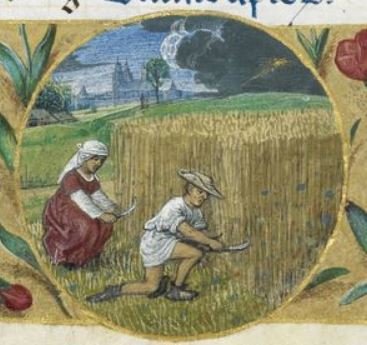
Copyright: nuts and bolts
This work by Joanne Paterson is licensed under a Creative Commons Attribution 4.0 International License.


